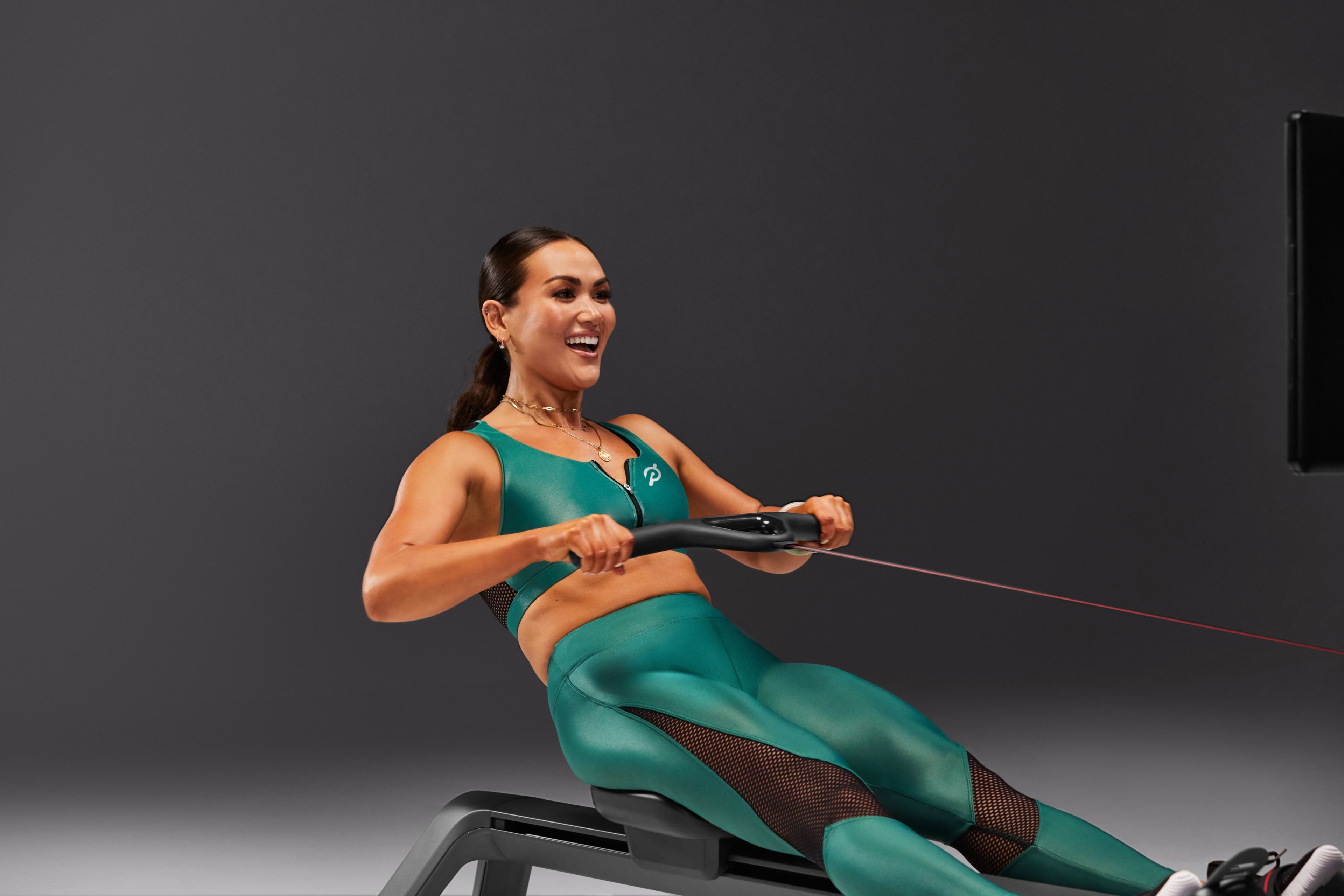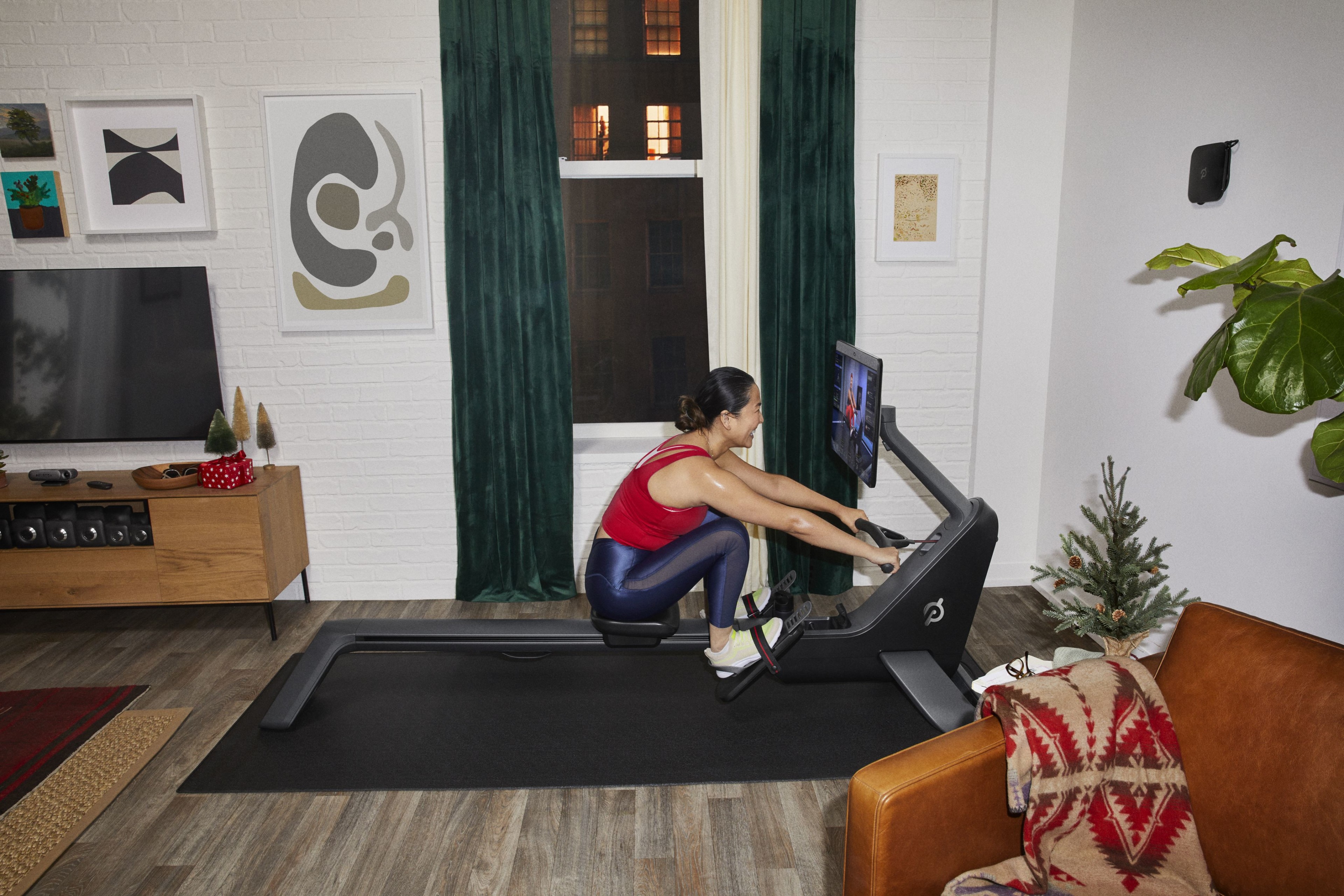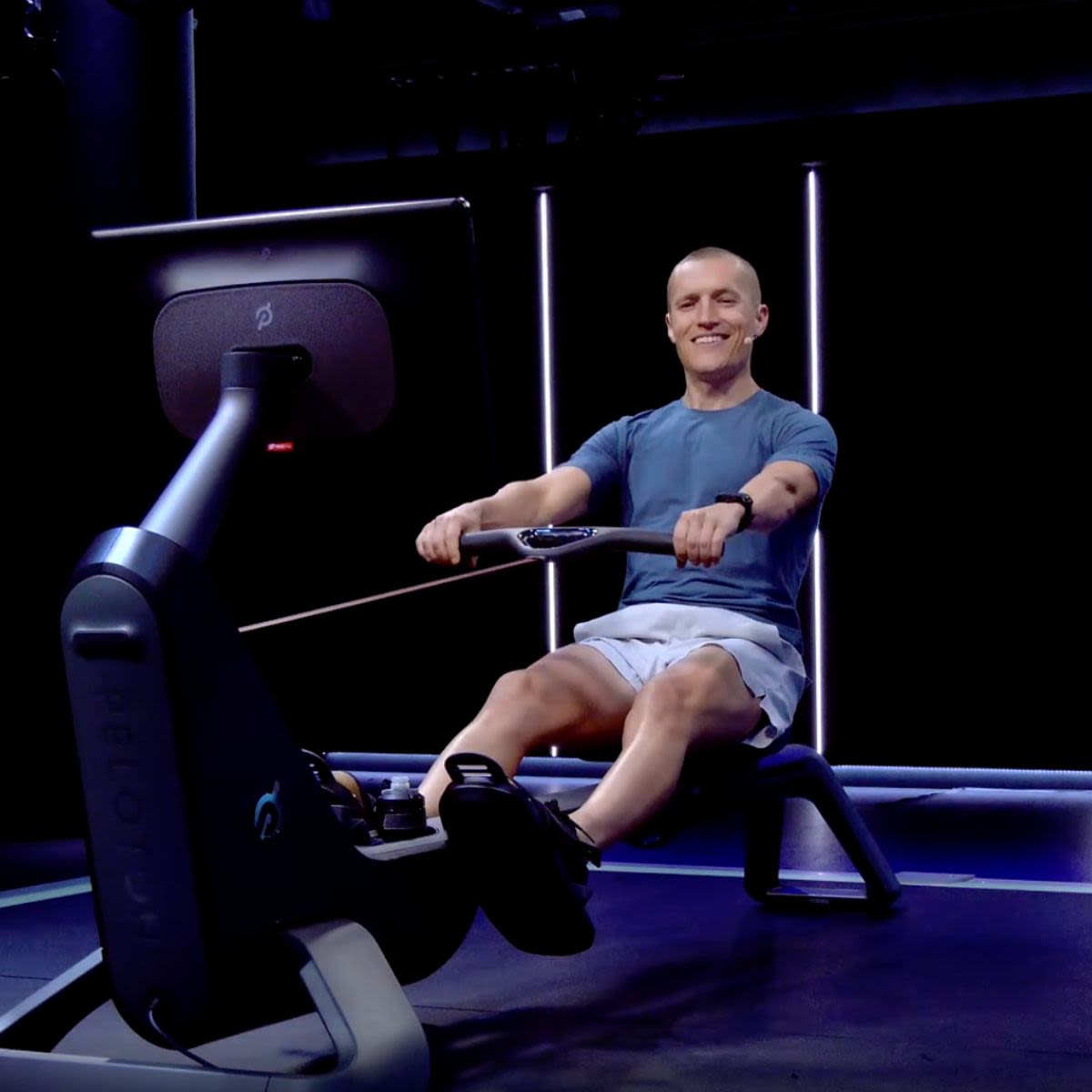The 4 Phases of Rowing and the Muscles That Are Worked
Rowing Mistakes To Avoid
Common Questions About Rowing
Closing Thoughts
Over the last decade, the use of rowing machines at home and at health clubs has grown in popularity–for good reason. Rowing provides a comprehensive, high-intensity, low-impact cardio workout that engages virtually every muscle in your body, with impressive physical results. It also is a great way to strengthen your heart and lungs, and is beneficial to your overall health and well-being.
To get the most out of the rowing experience, it is important to use proper form and technique. Keep reading to find out how you can use rowing to enhance your physique and help you maintain optimal health.
The 4 Phases of Rowing and the Muscles That Are Worked
There are four simple yet effective stages to rowing. These include:
The Catch Phase
Also known as the ready or start position, the catch phase is the beginning of the exercise. The catch phase gets its name from the point at which the blade of an oar on a boat “catches” the water. You start poised at the front of the machine, ready to drive and produce force through your feet. While leaning slightly forward, maintain muscle engagement through your back for good posture. Extend your arms while your shins remain vertical. The sliding seat of the machine should be 6-8 inches from your feet and your heels should be slightly lifted. The muscles worked in the catch phrase include:
Your triceps (shoulder and upper arms)
Your leg muscles
Your back muscles

The Drive Phase
There are two parts to the drive phase. First, you drive the seat back as you extend your feet and your knees lower while your legs start to become more horizontal. Keep your arms extended and your back long. In the second part, your legs come to full extension. Open your hips and lean back slightly. As you extend at the hip, you will feel your glutes (hip and buttocks muscles) engage. Maintain good alignment through the movement by keeping your core muscles (pelvis, lower back, hips, and stomach) activated. The muscles worked during the drive phase include:
Your leg muscles
Your shoulder muscles
Your back muscles
Your abdominal muscles
Your bicep muscles

The Finish Phase
Complete the stroke by pulling the handles to the lower part of your ribs while still leaning back slightly. At the finish, your shoulders will be slightly behind your hips and you will feel your core muscles working. The correct sequence of movement is your legs drive first, then your body hinges back, and finally your arms pull into position. The muscles worked during the finish phase include:
Your torso muscles
Your bicep muscles

The Recovery Phase
Just as important as the drive, the recovery phase is a sequence of movements that are the reverse of the drive: your arms first, then your body, and then your legs. Whereas the drive is quick, the recovery should be slow. As you complete the sequence, you return to the catch. The muscles used during the recovery phase include:
Your triceps
Your upper leg muscles

Rowing Mistakes To Avoid
Although rowing seems to be an easy enough exercise to master, certain miscues can prevent you from taking full advantage of its benefits. Common rowing mistakes include:
Forgetting To Check Your Settings
If you’re new to using a rowing machine, you might neglect to properly adjust the damper setting lever. Like the gears on a bicycle, the damper setting has its own endurance levels. The higher the setting, the heavier the stress on your body. If it is set too high, you might exhaust your muscles too soon into the workout. Instead, practice your form before you adjust your sights. If you’re new to rowing, you might want to start between a 3-5 level.
Forgetting To Warm Up
Warming up is an important prelude to any form of exercise. If you skip the warmup, you run the risk of spraining a muscle, cramping, or sustaining another type of injury. Before rowing, consider engaging in five minutes of light aerobics to gradually increase your heart rate and circulation, as well as help lubricate your joints. Doing this will increase blood flow to your muscles, priming them for efficient and precise movement. This will reduce your risk of injury and improve your performance.
Rowing With Only Your Arms
Placing too much pressure on your arms, shoulders and back can result in serious injury to your body. Approximately 60% of your power should come from pushing with your legs against the foot stretcher panel, where your feet are strapped in. The remaining 40% of your power should come from bracing your core and pulling with your arms.
Mixing Up the Order of Operations
Using your arms and legs at the same time will put unnecessary strain on your upper body. Instead, focus on the three-step process of pushing with your legs first, pivoting backwards at your hips so your shoulders pass your pelvis, and then pulling your arms into your chest. Once you’ve pulled your hands your chest, reverse the order to return to starting position, and then repeat.
Hunching Your Back During the Stroke
Correct your posture by sitting tall, in a stacked position. Focus on engaging your abdominal muscles or core. At the same time, relax your shoulders so they are pulled back and down. And always keep your spine straight.
Rushing Your Workout
If you stroke too quickly, you won’t get the full range of motion in the pull. If your set keeps slamming into the front of the rower, causing your body to jerk forward uncontrollably, this is a sign that you need to adjust your pace. Instead, time your strokes with a 1:2 count ratio. Use lots of energy quickly during the drive, when your legs are pushing and your arms are pulling, then relax and control the stroke during recovery.
Thrusting Your Buttocks and Having To Jerk Your Upper Body Back
If your legs are pushing quickly and it causes your lower body to lunge out ahead of you, your upper body will need to clumsily follow. The result will be a less efficient stroke that could cause injury. To avoid this, make sure your core muscles are engaged and your hands and feet stay connected. Your core is the key to synchronizing the movements of your upper and lower body. Your entire body must maintain a deliberate and controlled posture with your key muscles activated.

Common Questions About Rowing
Does a Rowing Machine Help You Gain Muscle?
Since rowing engages all of your major muscle groups during each stroke, it is an extremely effective way to gain muscle mass. Rowing provides a full-body workout, and can help you strengthen and build muscles in your upper body, lower body, and your core.
What Muscles Get Toned From Rowing?
Rowing provides your upper and lower back as well as your shoulder muscles with an effective workout. The machine’s sliding seat also provides a workout for your lower body. With each full stroke, you engage and help strengthen your calves, quadriceps, hamstrings, glutes, abs, obliques (waist), pecs (chest), biceps, triceps, deltoids (shoulder), upper back, and latissimus dorsi, or lats (the V-shaped muscles on either side of your spine).
What Are the Key Rowing Metrics?
When you row, some of the metrics worth monitoring are total strokes, which are the total number of strokes you do in a class; output, a measurement of how hard you're working; split, the amount of time it would take you to row 500 meters at a specific output; and stroke rate, the number of strokes you'll complete in 60 seconds if you maintain your current rhythm. All of these stats are displayed on the Peloton Row touchscreen throughout your workout.
If you don't have access to a Row, you may still be able to track the metrics from your Peloton rowing workouts with the Peloton App. App+ Members can pair third-party rowers with the App using Bluetooth, meaning they can view stats such as stroke rate, strokes, pace, and distance on their profiles in real time.
Logging these metrics, whether it's on the Row or on third-party equipment, helps you keep tabs on your overall progress and get closer to achieving your fitness goals.
Where Should You Feel It When Rowing?
If you are rowing correctly, you will feel it in your glutes, lats, and scapular muscles (shoulder blades) as you engage with each stroke.
How Long Does It Take To See Results From Rowing?
You will notice more definition in your muscles within your first week of daily rowing machine workouts and more significant body transformation in about 90 days.
Closing Thoughts
Rowing is the perfect exercise routine because it engages muscles throughout your entire body. If you are looking for a rowing machine that gives you a fast, full-body workout combined with the experience you already love on the Peloton Bike, Peloton Bike+, and Peloton Tread, consider Peloton Row. It’s our newest connected fitness product that builds on one of the best kept secrets, a workout that activates 86% of your muscles in as little as 15 minutes, with classes led by world-class Peloton Instructors and an immersive software experience.
